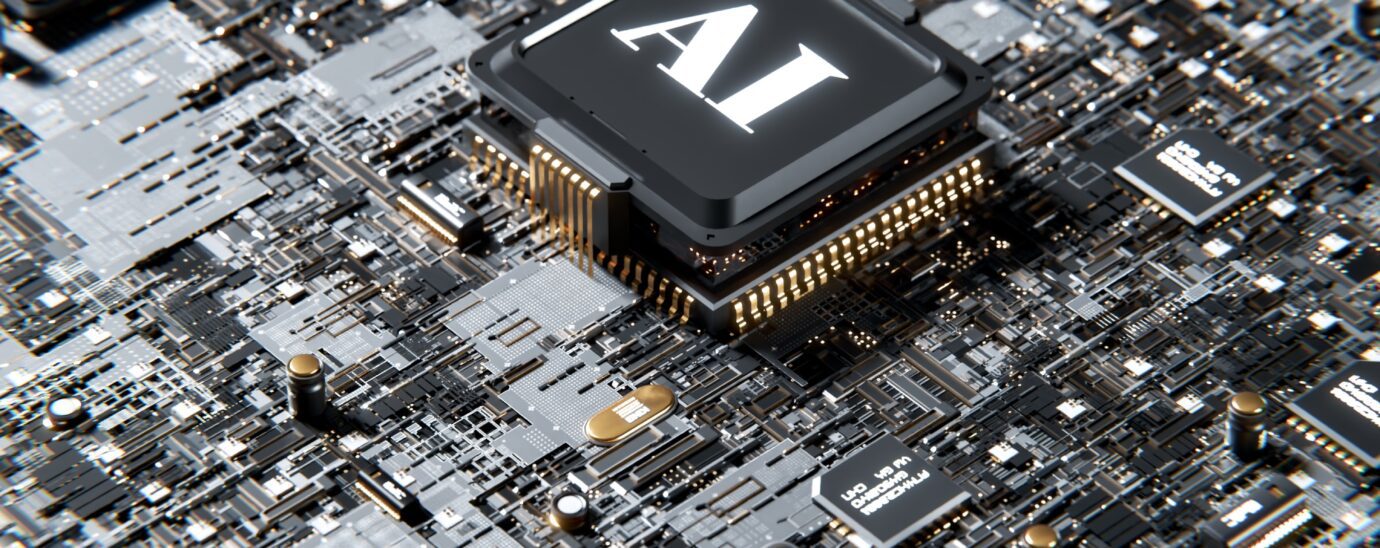Unlocking the potential of digital manufacturing

Embracing a digital future
HARNESSING THE POWER OF AI
Artificial intelligence (AI) has the capability to usher in a new era of digital transformation, presenting immense potential to revolutionise industries, enhance efficiency, promote sustainability, and engage the workforce. While the impact of AI applications in manufacturing and value chains is recognised, there remains untapped potential in fully harnessing their deployment and there are various ways in which manufacturers can harness the full potential of AI Powered by machine learning algorithms, AI has revolutionised several aspects of manufacturing. One of its key contributions is predictive maintenance. By analysing data from IoT sensors embedded in machinery, advanced algorithms can predict and detect equipment failures before they occur, allowing manufacturers to schedule maintenance proactively. This not only reduces downtime and production losses but also extends the lifespan of machines, optimising resources and reducing costs. Another area where AI is making a significant impact is in quality control. Traditional quality control processes involve manual inspection, which is time consuming, subjective, and prone to errors. AI-powered computer vision systems can automate the inspection process, analysing images or videos of products in real-time to detect defects, inconsistencies, or anomalies. This ensures higher accuracy, faster inspection times, and improved product quality, resulting in higher customer satisfaction and reduced waste.
AI is helping even in Product Design phase for improving the Design for Manufacturing (DFM) and Design for Serviceability (DFS) by studying Prototypes and 3D models, thereby determining the optimized way of manufacturing a product. Decisions made at the design stage helps in faster workflows by avoiding repetitive manual task. AI helps designers and engineers solve complex problems by creating intelligent algorithms. Additionally, AI enhancing the efficiency of production planning and optimisation. By analysing historical data and real-time information, AI algorithms can optimise production schedules, minimise bottlenecks, and allocate resources more effectively. This enables manufacturers to streamline their operations, reduce lead times, and respond quickly to changes in demand. AI-powered optimisation can also help in minimising energy consumption and reducing the carbon footprint of manufacturing processes, contributing to sustainability goals. AI is also assisting manufacturers to capture their workers’ tribal knowledge and aiding in democratising them for the benefit of the greater good – by recommending the optimal settings for the various scenarios and the products to be manufactured, suggesting the Next-Best-Action (NBA) for process failures and equipment failures, and by implementing closed loop systems in getting feedback from the operators & implementing the same.
(EM)POWERED BY IOT
The manufacturing sector is under constant pressure to reduce costs, and at the same time to boost efficiency and productivity. The Internet of Things (IoT) has emerged as a potential solution for manufacturers. IoT devices are revolutionising the way machines and systems communicate and interact with each other. By connecting physical devices to the internet and enabling them to collect and exchange data, IoT is creating a network of interconnected devices and systems, forming the backbone of smart factories. Through IoT, manufacturers can monitor and control their production processes in real time. IoT sensors embedded in machines, equipment, and products can collect data on various parameters such as temperature, pressure, vibration, and performance metrics. This data can be transmitted and analysed instantly, providing manufacturers with valuable CONTINUED > May 2023 21 insights into their operations. IoT can also help manufacturers in achieving greater visibility and transparency across the entire supply chain. Real-time data on inventory levels, production rates, and demand fluctuations allow manufacturers to optimise their inventory management, reduce stockouts, and improve order fulfilment. IoT-enabled tracking and tracing also enhance supply chain traceability, ensuring compliance with regulations and standards. For example, a global hi-tech manufacturer implemented a component content management system (cCMS) which optimised productivity and improved the overall efficiency of content management & translation processes and also helped the company in saving $6Million in 5 years. IoT is also enabling the concept of smart products. Through embedded sensors and connectivity, manufacturers can collect usage data and feedback from customers, gaining valuable insights into product performance, customer preferences, and usage patterns. This information can be used to drive product development, improve features, and offer personalised experiences, thereby enhancing customer satisfaction and loyalty.
Overcoming the barriers to an AI and IoT enhanced future
However, along with these opportunities, there are also challenges that need to be addressed. The first and foremost challenge in exploiting the potential of AI is in establishing the Trustworthy AI platform for critical systems and improving the trust quotient over the period. Notably, there are international entities & governments who are helping in setting up Ethical AI systems, and popular frameworks includes “Draft Ethics Guidelines for Trustworthy AI by European High Level Expert Group on AI” and “AI for Europe by European Commission”. Adopting the framework guidelines and technologies (FEAS – Fair, Explainable, Auditable and Safe) will help in setting up and improving not only the trust quotient, also improves Compliance and legal factors as well.
One major concern is data security and privacy. According to a research, manufacturing is the most targeted sector by cyberattacks. With the massive amounts of data being generated and transmitted in digital manufacturing, ensuring the protection of sensitive information, and guarding against cyber threats becomes critical. Robust cybersecurity measures and protocols need to be implemented to safeguard manufacturing operations and intellectual property. In 2022, the number of ransomware attacks targeting industrial infrastructure experienced a significant increase, effectively doubling from previous years. These attacks pose a grave threat to the smooth operation of supply deliveries, potentially leading to a systemic impact. The disruptive nature of cyberattacks has the power to cripple businesses and disrupt supply chains, thus negating the benefits derived from digitalisation efforts. Consequently, financial and productivity losses are incurred, accompanied by reputational damages.
The success of digital manufacturing transformation endeavour depends on effective change management practises. It can be a difficult and time consuming procedure to make significant modifications to current manufacturing processes. This is especially true when it comes to making critical changes for complex discrete and process manufacturers. Identification of the digital champion, establishing the clear change management story, developing a cross functional team and deploying incremental digital updates are the key to establish successful change management. Moving to Rollout from the pilot stage continues to be a significant barrier for most manufacturing organisations. In fact, there is a wider gap between piloting and rollout than between perceived relevance and piloting, indicating that scaling is more difficult than getting things started.
